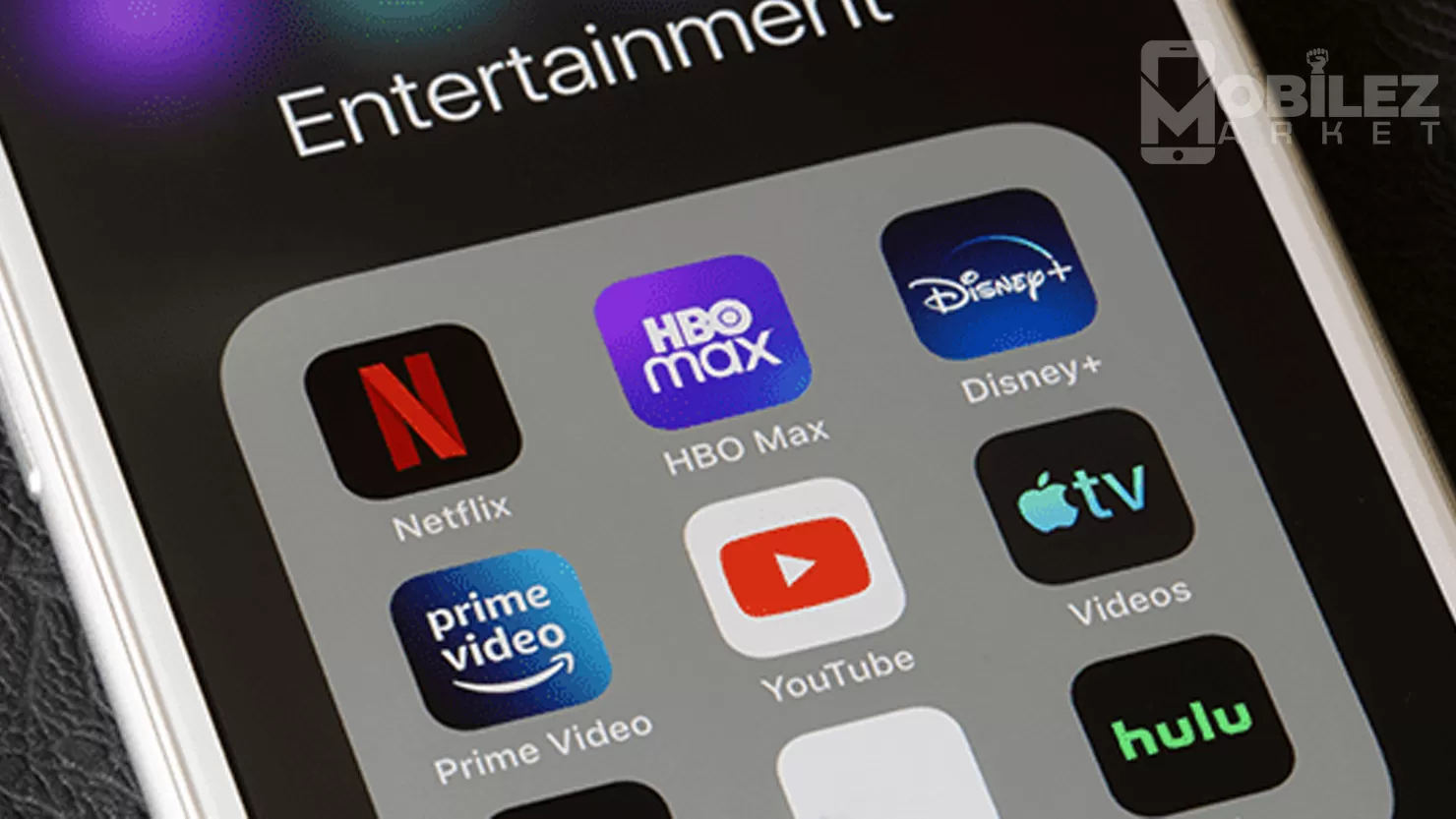"Mobile Entertainment: Streaming Services and On-Demand Content"
Introduction:
Mobile entertainment has transformed the way we consume media, offering unprecedented access to a vast array of streaming services and on-demand content right at our fingertips. With the rise of smartphones and high-speed mobile networks, users can now enjoy their favorite movies, TV shows, music, podcasts, and more anytime, anywhere. In this blog post, we'll explore the evolution of mobile entertainment, the proliferation of streaming services, and the impact of on-demand content on the way we entertain ourselves in the digital age.
The Evolution of Mobile Entertainment:
- From Radio to Smartphones:
- Historically, entertainment on the go was limited to radio broadcasts and portable media players. However, the advent of smartphones revolutionized mobile entertainment by combining communication, internet access, and multimedia playback capabilities in a single device.
- Rise of Streaming Services:
- The proliferation of high-speed mobile networks and advancements in video compression technology paved the way for the rise of streaming services, enabling users to stream movies, TV shows, and music directly to their mobile devices.
The Popularity of Streaming Services:
- Variety of Content:
- Streaming services offer a diverse range of content, including movies, TV series, documentaries, live sports, and original programming, catering to a wide range of interests and preferences.
- On-Demand Access:
- Unlike traditional broadcast or cable TV, streaming services provide on-demand access to content, allowing users to watch what they want, when they want, without being tied to a fixed schedule.
- Personalization:
- Many streaming platforms leverage algorithms and user data to deliver personalized recommendations and curated content suggestions based on users' viewing history, preferences, and behavior.
Leading Streaming Platforms:
- Netflix:
- Netflix revolutionized the streaming industry with its vast library of movies, TV shows, and original content. With a subscription-based model, Netflix offers ad-free streaming across multiple devices, including smartphones and tablets.
- Disney+:
- Disney+ quickly gained popularity with its extensive catalog of Disney, Pixar, Marvel, Star Wars, and National Geographic content. The platform also features original series and exclusive releases, making it a favorite among families and fans of iconic franchises.
- Spotify:
- Spotify dominates the music streaming market with its extensive library of songs, playlists, and podcasts. Offering both free and premium subscription tiers, Spotify provides users with access to millions of tracks for streaming or offline playback on mobile devices.
Trends in Mobile Entertainment:
- Original Content:
- Streaming platforms are investing heavily in original content production to differentiate themselves and attract subscribers. Original series, movies, and documentaries offer unique and exclusive content experiences not available elsewhere.
- Live Streaming:
- Live streaming has gained popularity across various platforms, including social media networks, gaming platforms, and dedicated live streaming apps. Users can watch live events, concerts, and broadcasts in real-time on their mobile devices.
- Interactive Experiences:
- Some streaming platforms are exploring interactive content formats, allowing viewers to participate in choose-your-own-adventure narratives or live interactive events, blurring the lines between traditional entertainment and gaming experiences.
Impact on Traditional Media:
- Cord-Cutting:
- The rise of mobile entertainment and streaming services has contributed to the phenomenon known as cord-cutting, where users cancel traditional cable or satellite TV subscriptions in favor of streaming services, saving costs and gaining flexibility.
- Fragmentation:
- The proliferation of streaming services has led to content fragmentation, with exclusive titles and licensing agreements spread across multiple platforms. This fragmentation can be both a blessing and a curse for consumers, offering more choices but requiring subscriptions to multiple services for access to all desired content.
Challenges and Opportunities:
- Bandwidth and Data Usage:
- Streaming high-definition content on mobile devices can consume significant amounts of data and strain network bandwidth, especially in areas with limited coverage or high congestion.
- Offline Viewing:
- To address connectivity issues and data constraints, many streaming platforms offer offline viewing options, allowing users to download content for offline playback on their mobile devices, ideal for traveling or areas with poor network coverage.
Conclusion:
- Mobile entertainment has revolutionized the way we consume media, offering unparalleled access to a vast array of streaming services and on-demand content. With the convenience of smartphones and high-speed mobile networks, users can enjoy their favorite movies, TV shows, music, and podcasts anytime, anywhere. As streaming platforms continue to innovate and expand their content libraries, mobile entertainment will remain a dominant force in the digital entertainment landscape, shaping the way we entertain ourselves on the go.


